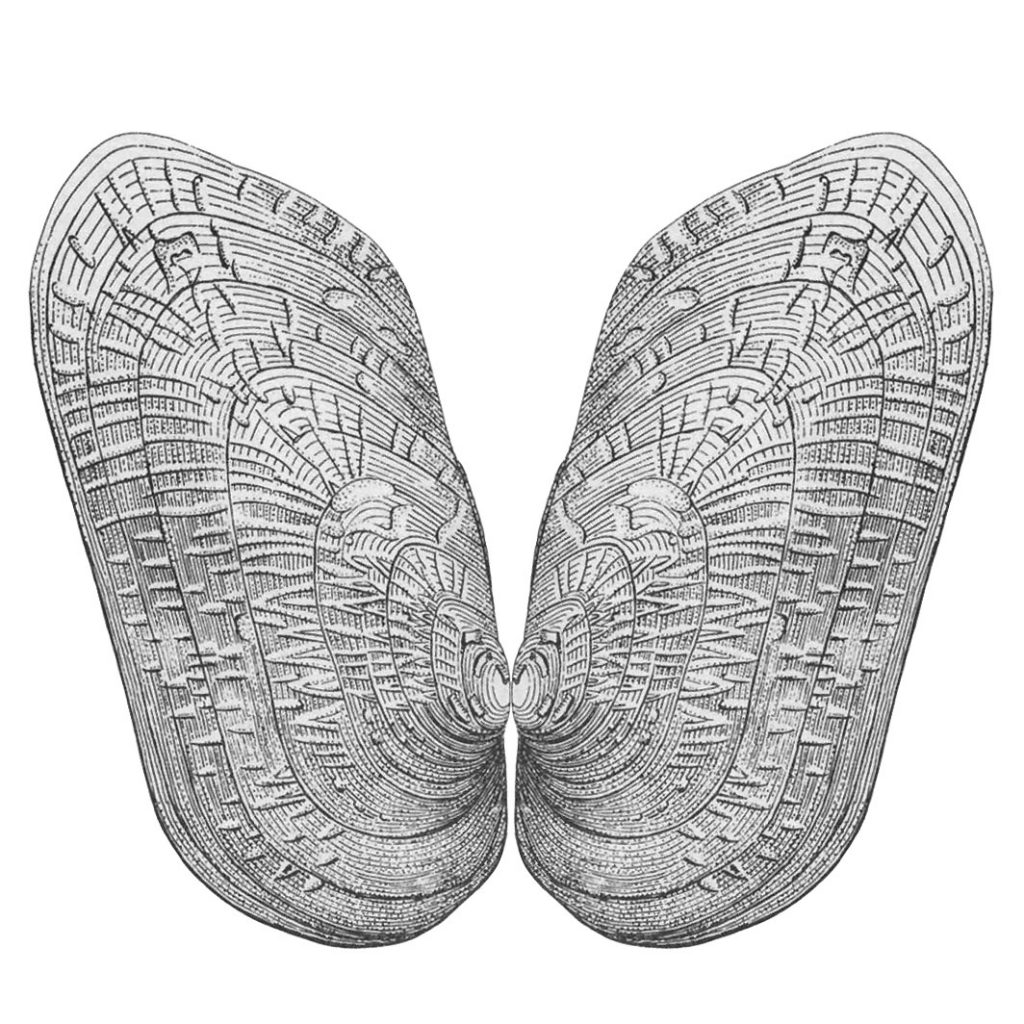Chinese (Long)
The chinese dragon is historically associated with the Emperor of China. and is a symbol of the power of that office. They were and are, also associated with water, especially the extreme power of it. Dragons were said to bring rain, storms and floods. So great is their power that excellent people are often compared to dragons and many proverbs relate to them. Further, the snake-like depiction of dragons is not their only form, but simply the most common one. Dragons seemed to be more associated with their power than with any one shape. This may or may not be true. In the Yuan, Ming and Qin dynasties, the five-clawed dragon was considered to be exclusive to the Emperor. The Chinese dragon, as opposed to the aggressive European dragon, was a bringer of prosperity, good luck and spiritual evolution. The term “descendants of the Dragon” comes from this facet of their existence. The earliest known Chinese dragon is the “pig dragon,” a type of jade carving dating from the Neolithic era. As early as 300 BC the uncovered bones of dinosaurs were considered to be the bones of dragons.
The composition of the Chinese dragon is the following: antlers of a stag, head of a camel, ox or crocodile, whiskers of a rat, , eyes of a rabbit or demon, neck of a snake, belly of a clam or frog, scales of a carp, claws of an eagle, feet of a tiger and ears of a cow. Although some dragons are depicted with bat-like wings, this is usually not the source of their ability of flight. Just like their powers of water, this is a mystical ability unrelated to the shape of their body.
The introduction of the negative aspects of the dragon, it’s powers to destroy, where perpetrated by the Buddhists, who taught that the water the dragons brought could just as easily end life as it brought it forth. Other later attributions to the dragon are its near-limitless shapeshifting power, including camouflage and being able to turn into water.
Dragons were often considered to be gods and kings, or at least depicted as such. Typically, they ruled over bodies of moving water such as seas or waterfalls. The Four Dragon Kings were each said to rule one of the four oceans, two of which likely were in fact lakes.

